An Artist Age Mess
May 18 - May 29, 2020
D’Ette Nogle, Sam Lipp, Joel Dean, Em Rooney, Carlos Reyes, Rose Marcus, Covey Gong, Dena Yago, Gene Beery
press release
Every age is an artist age.
World war? Artist age.
Global pandemic? Artist age.
Fewer and fewer artists without independent wealth finding a place in an ever increasing consolidation of exhibition spaces at the top? Artist age.
Environmental points of no return? Artist age.
Inequality chasm? Artist age.
If we are forced to go underground, it will be an artist age.
—D’Ette Nogle, An Artist Age Mess, 2020
At 8PM on March 22 New York went into a state of “PAUSE.” Since then our gallery, like many businesses throughout the city, has been closed to the public. The absence of a physical space to highlight art, in propositional exhibitions, has been an imperfect echo of a collective difficulty making sense of a new reality. Some of us find art to be more important in a moment like this, while others find the idea of seeing, or even enjoying an exhibition out of sync.
The vacuous glow of the online viewing room has lit a path forward, but in doing so has also illuminated the possibility that the process of experiencing art, which historically has in so many cases been tied to the confines of looking out from a living body, is, in its new mediated form, at risk of becoming a process more akin to online shopping.
What can an exhibition be, if not a collection of ideas held together by time and space? What does it mean to make art in a moment that to some is a life or death emergency and to others a vacation? What does it mean to make art in a moment that highlights the vast resource imbalances we live within?
An Artist Age Mess is a presentation of singular works or bodies of work by the artists closest to us. The works were either newly created in isolation, intended for exhibitions that were recently canceled, or older works that have now taken on a new meaning.
This program takes its title from D’Ette Nogle’s video An Artist Age Mess which explores the aforementioned themes in depth as well as the passive expectation or perhaps optimistic hope that artists have a response to every current event, crisis and non-crisis alike. The video is a presentation, of sorts, that compares two projects having to do with screens. One is Heimo Zobernig's Documenta X project in which he designed a type of internet viewing room intended to be a neutral space. Artists made content for a special Documenta website and exhibition-goers could visit computer stations within Zobernig’s room to explore. The other project is Lutz Bacher's Modules, which was on view at University of California, Irvine at the end of 2019.
Central to D’Ette’s video is the comparison between a) D’Ette and her newlywed husband’s failed budget that could not support a honeymoon to Europe to see Documenta X in 1997, b) a successful budget to support a 20 year anniversary trip to Europe to see Documenta 14 in 2017, and c) two trips to see Lutz Bacher's Modules at UCI.
D'Ette Nogle
An Artist Age Mess, 2020
Digital video, sound
26:03 minutes
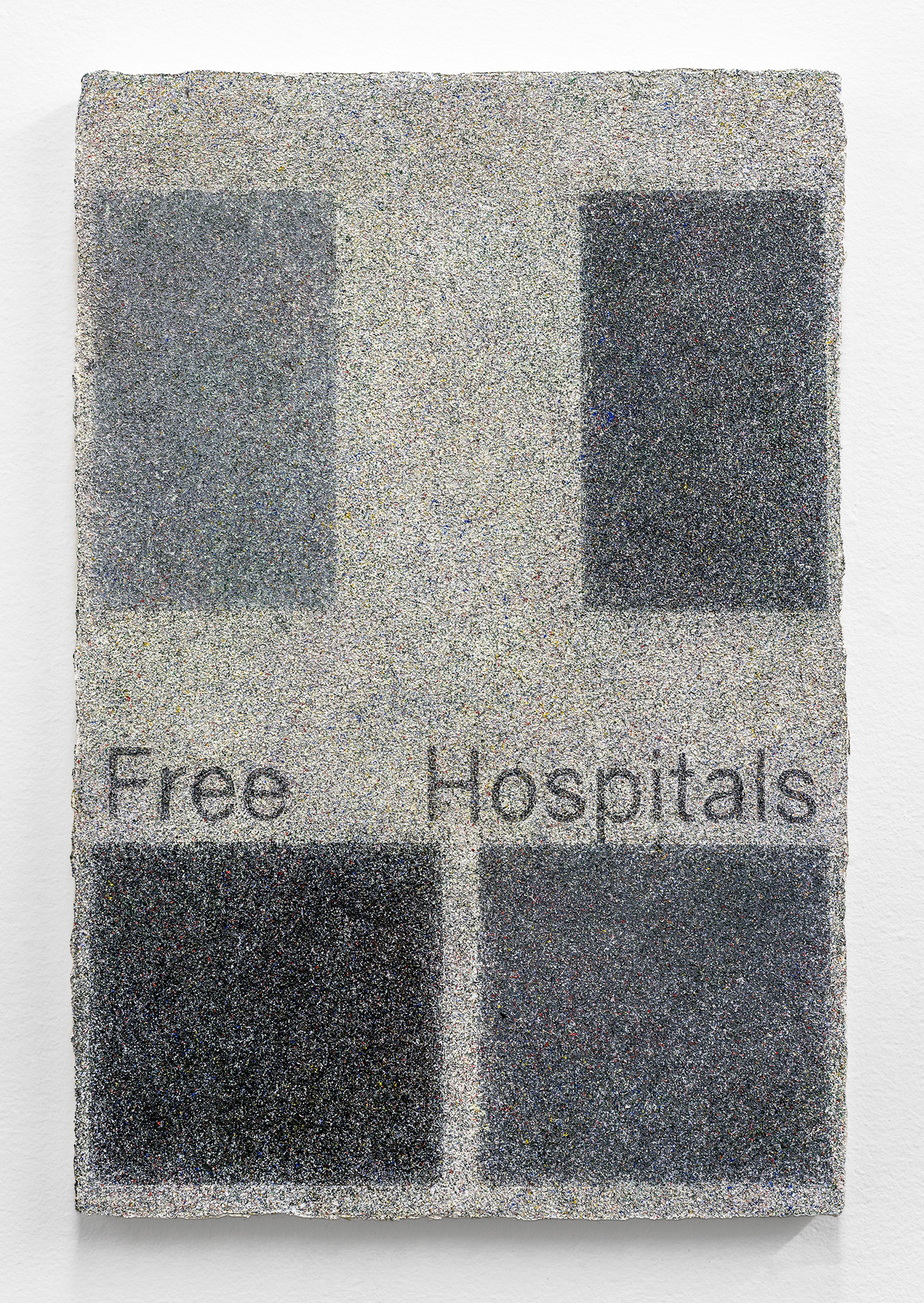
Sam Lipp
Untitled, 2015
Acrylic on canvas
18 x 12 in (45.7 x 30.5 cm)
Sam Lipp’s untitled painting was originally shown in 2015 amongst four other almost identical paintings whose central variant was color saturation. The one included here is the most desaturated, a nearly pure greyscale. The text sits within a graphic borrowed from contractor signs that describe details of construction projects throughout the city and although the statement appears straightforward, it oscillates between utilitarian prose, ambivalent poetry, and a political imperative. Like much of Sam’s work, the series addresses the relationship between individuals and the frequently obscured superstructures that shape their lives.
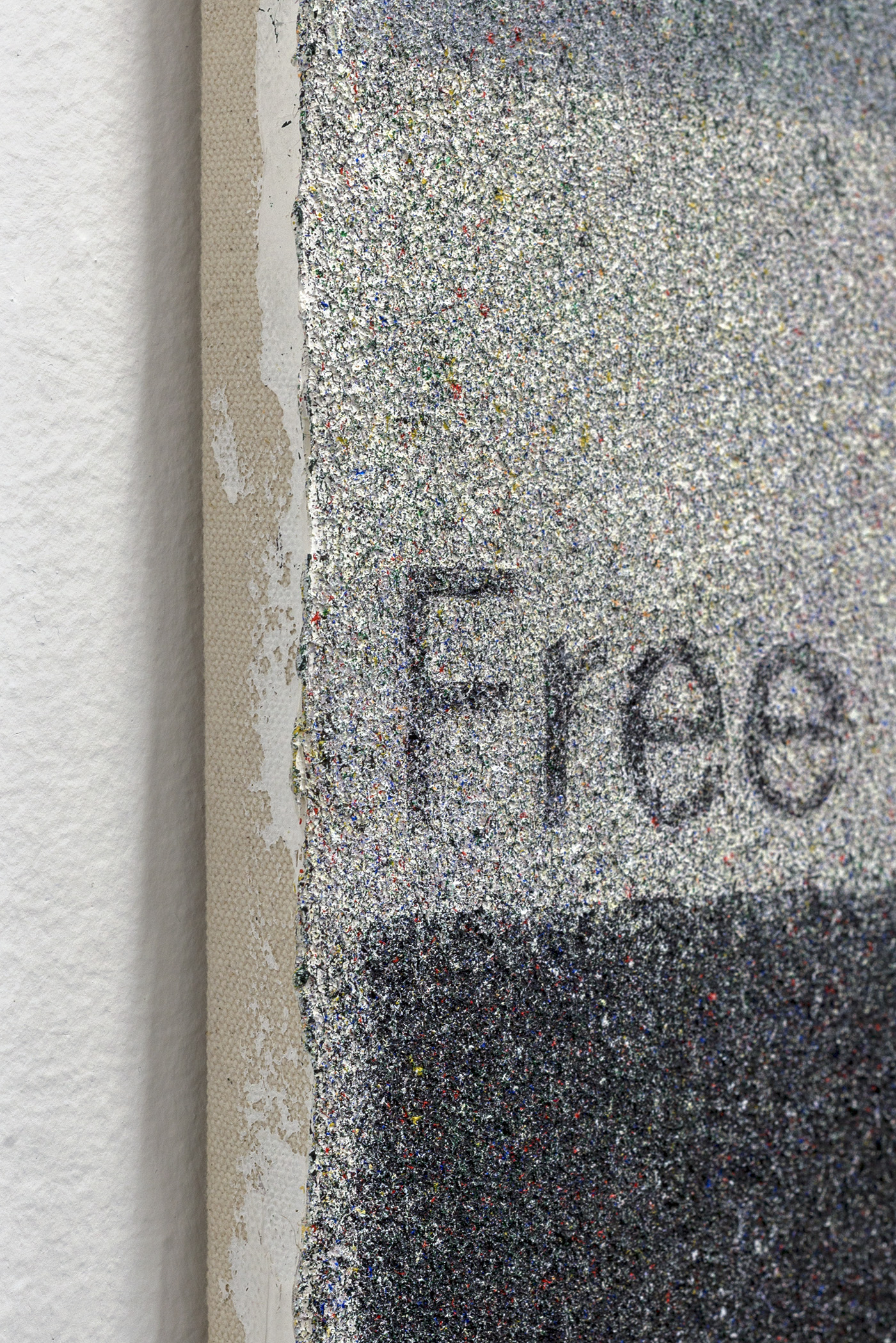

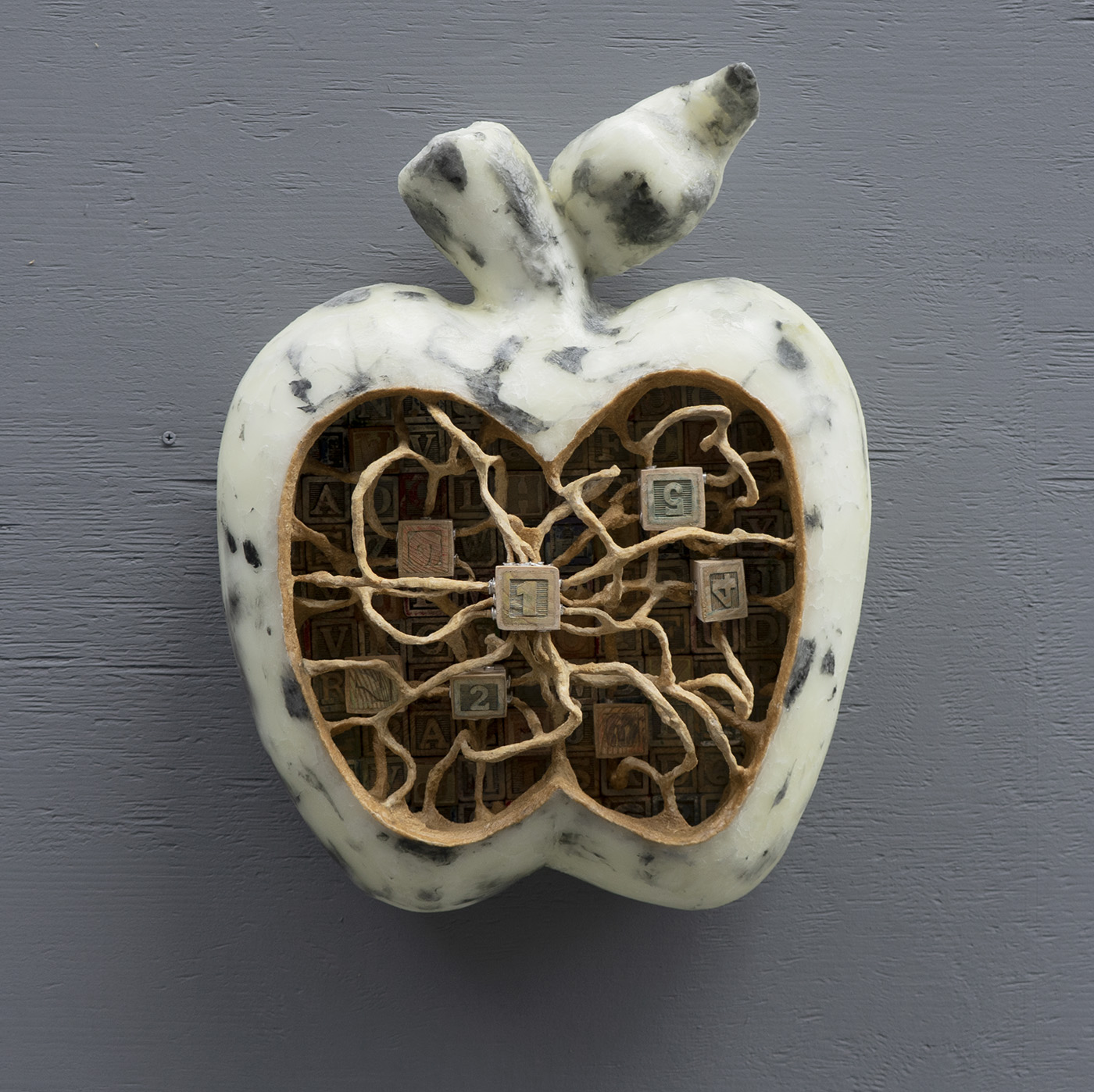
Joel Dean
Path Morphology and Core Individuation in Centrifugal Expansion Models (Ambrosia), 2020
Found objects, plywood wood, wood glue, beeswax, crayon, aluminum
20 x 15.75 x 5.5 in (50.8 x 40 x 14 cm)
Joel Dean’s Path Morphology and Core Individuation in Centrifugal Expansion Models (Ambrosia) is the most recent in an ongoing series of wall mounted apple sculptures. Joel exhibited five of these apples in the fall of 2018, each using the same titling convention—Path Morphology and Core Individuation in Centrifugal Expansion Models— followed by a parenthetical label of an apple cultivar (Gala, Jazz, Empire, Fuji, Ambrosia, etc). Like a real apple, each sculpture has a peel and core. The cores are envisioned to be atomized reflections of the ever-expanding space surrounding the apple, beginning right outside its peel. They are an attempt to intuitively crystalize a psychological and physical relationship to the present moment in a contained microcosmic environment. The apple’s peels are made with a layer of beeswax, allowing the sculptures to remain sensitive to their environment similar to the way a real apple would.
Ambrosia is a black and white apple with a core made up primarily of English language letter blocks. At the center, a plane of worn, faded graphemes cover the background, from which emerge the numbers 1–7. For the most part, the numbers increase in height the closer they are to the center of the apple, with the number 1 being the tallest. A web of organic tendrils connects the protruding numbers to the surrounding apple structure.
We originally planned to show this work in Japan this past March as part of a collaborative group show with other international galleries, but as it slowly became clear that this exhibition would not take place, the apple for Japan evolved into an apple for New York, and in this image it is installed on the boarded up window of the Dior shop in SoHo.

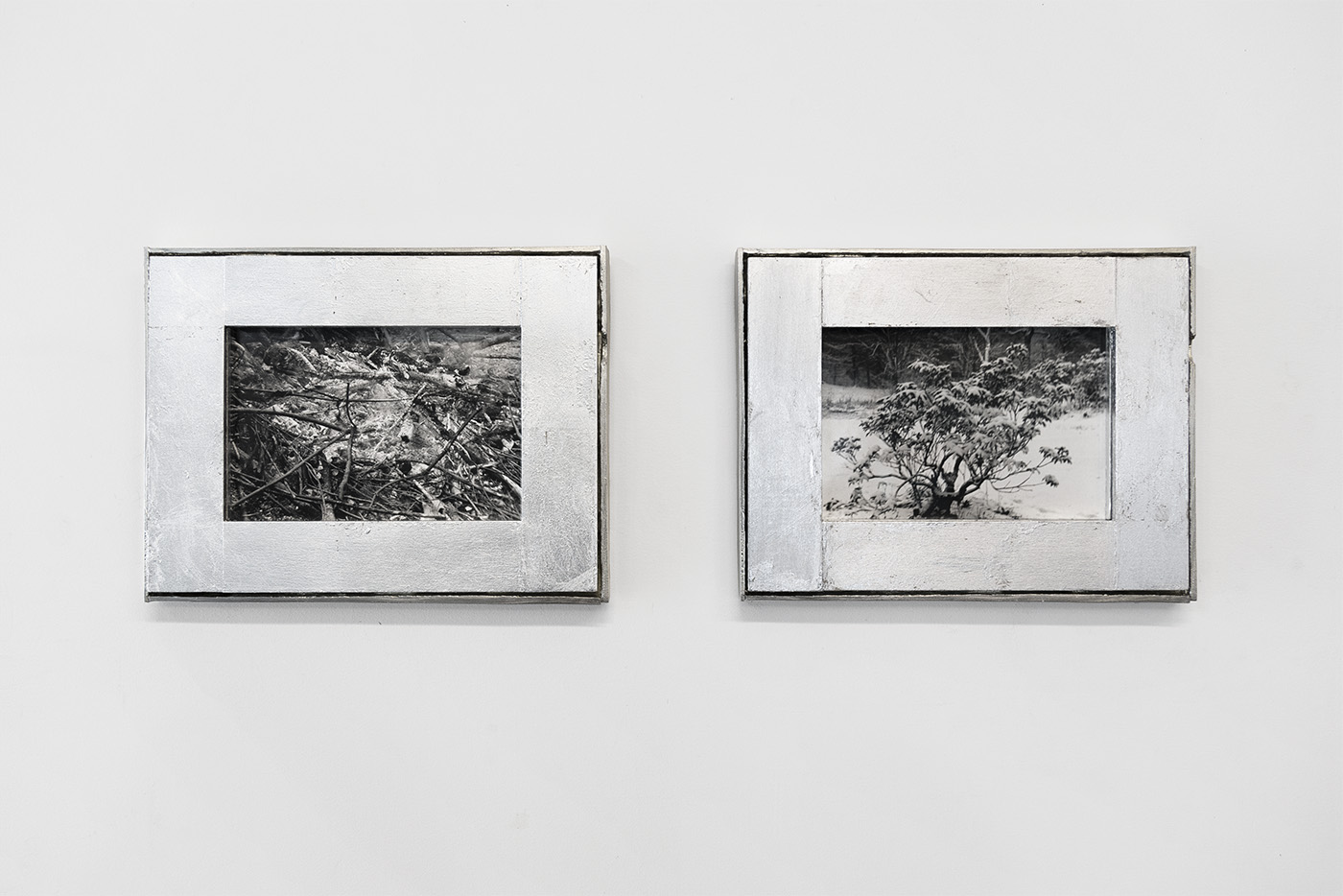
Em Rooney
Specter Pale Like Beech Trees, 2020
Poplar, silver, pewter, plexiglass, silver gelatin prints
Two works each 11 x 14 x 1.5 in (27.9 x 35.6 x 3.8 cm), hung 5 in apart
Em Rooney’s new work, Specter Pale Like Beech Treesis a pair of photographs taken on the property she’s been the caretaker of for the past 2 years. One is a fire pit, the other a mountain laurel shrub dusted with snow, both framed in silver-leaved poplar and pewter. Em’s work is frequently a product of editing, combining new imagery with photos from an archive she started building in her teens. These two negatives, however, were chosen from recent film—a result of cancelled travel, the omnipresence of her surroundings, walks through the woods behind the house, and the non-human world.
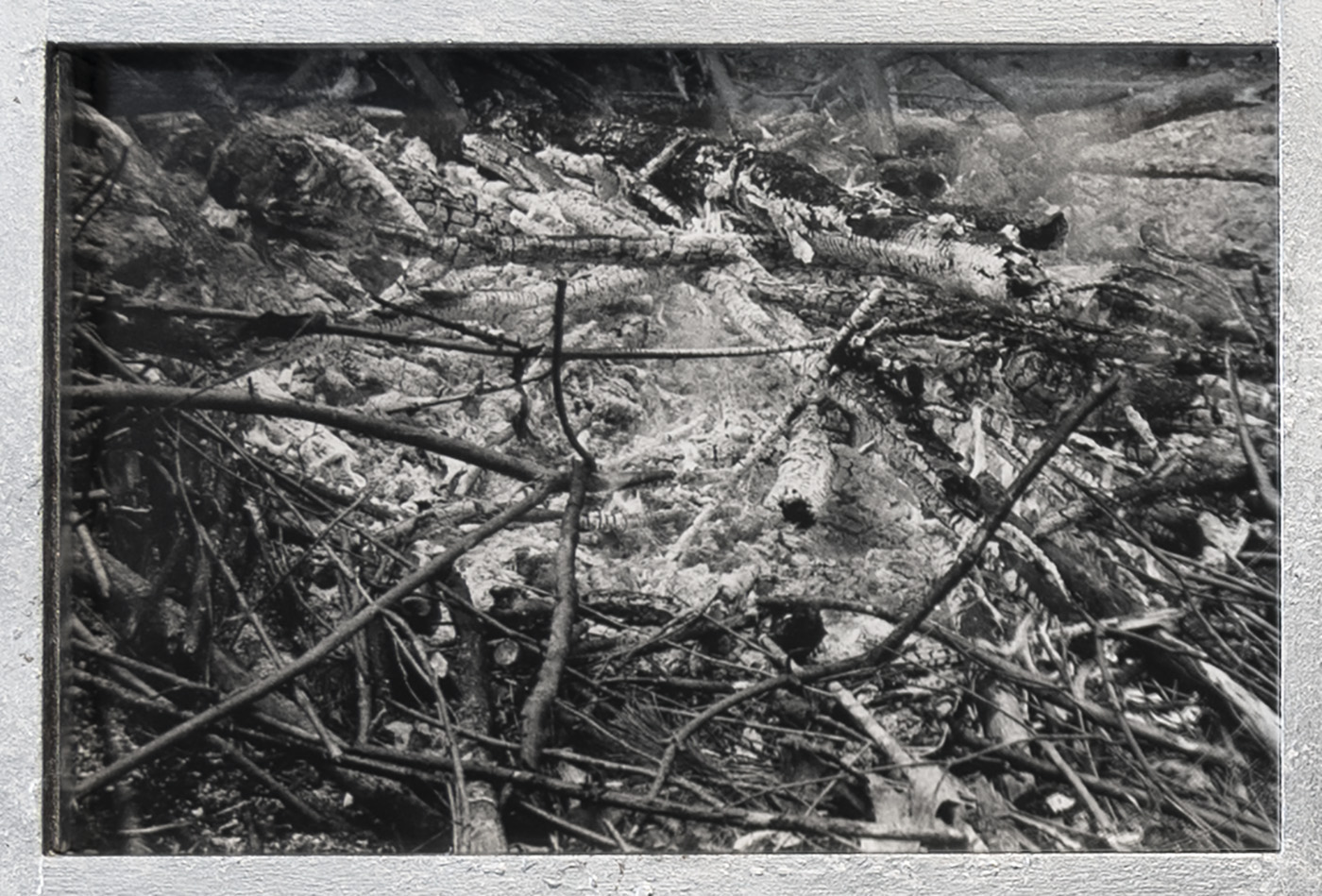

Carlos Reyes’s Color Study (May 2020) consists of twelve hollowed and dyed chicken eggs inside a stack of five clear plastic egg cartons. The resulting sculpture is a strange tower, clearly identifiable yet somehow unfamiliar. If the eggs were a bit yellower, we might read it as a bizarrely pixelated rendition of an uncooked egg, but it’s clear that the work is less imagistic than it is metaphorical, offering a relationship to individuals stacked on one another in an apartment building, a state of suspension, a calendar of days, the rationing of one’s diet, or the fertility and quiet potential for life an egg implies.
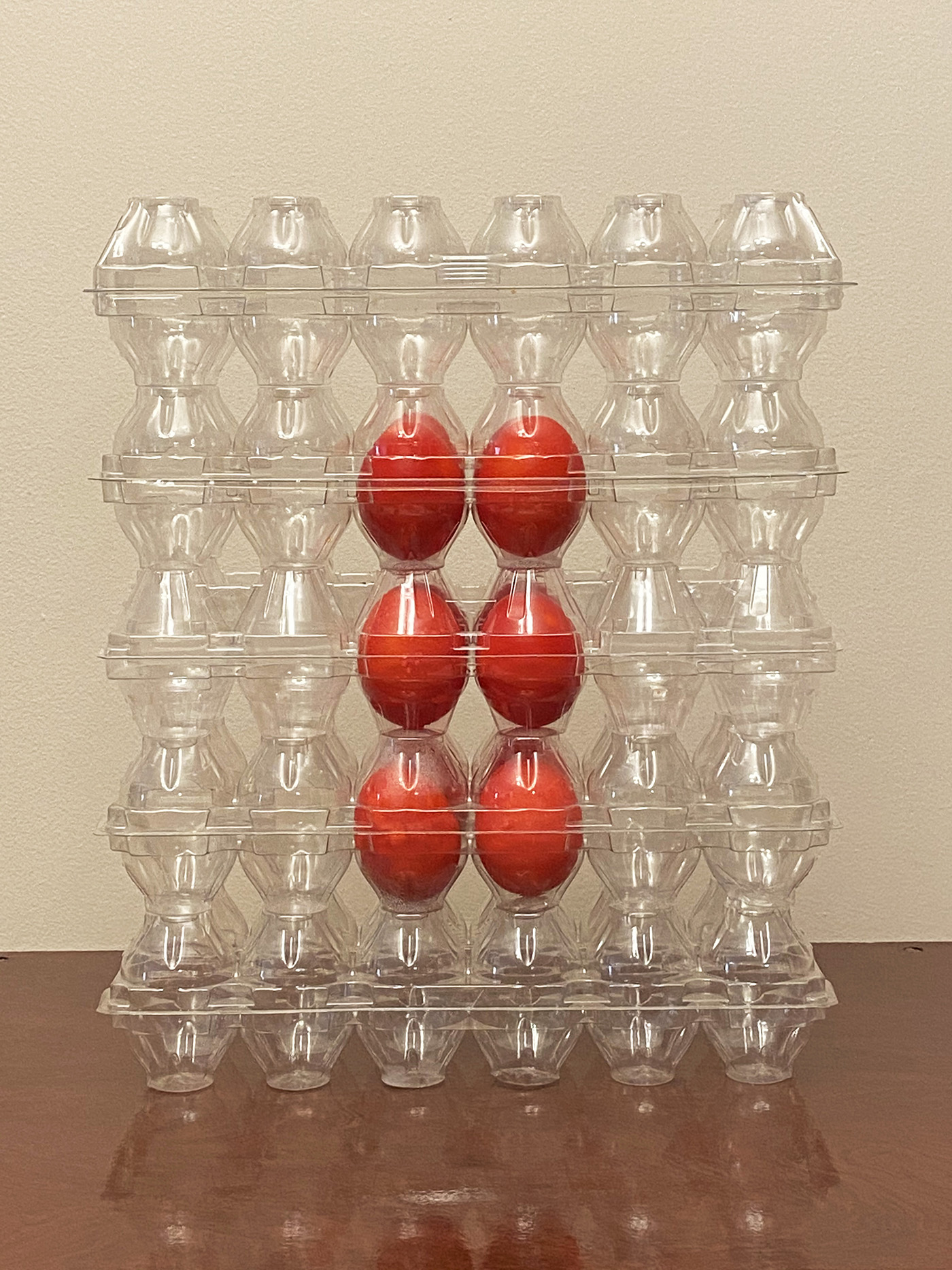

Carlos Reyes
Color Study (May 2020), 2020
Egg shell, dye, plastic
12 x 9 x 4.5 in (30.5 x 22.9 x 11.4 cm)
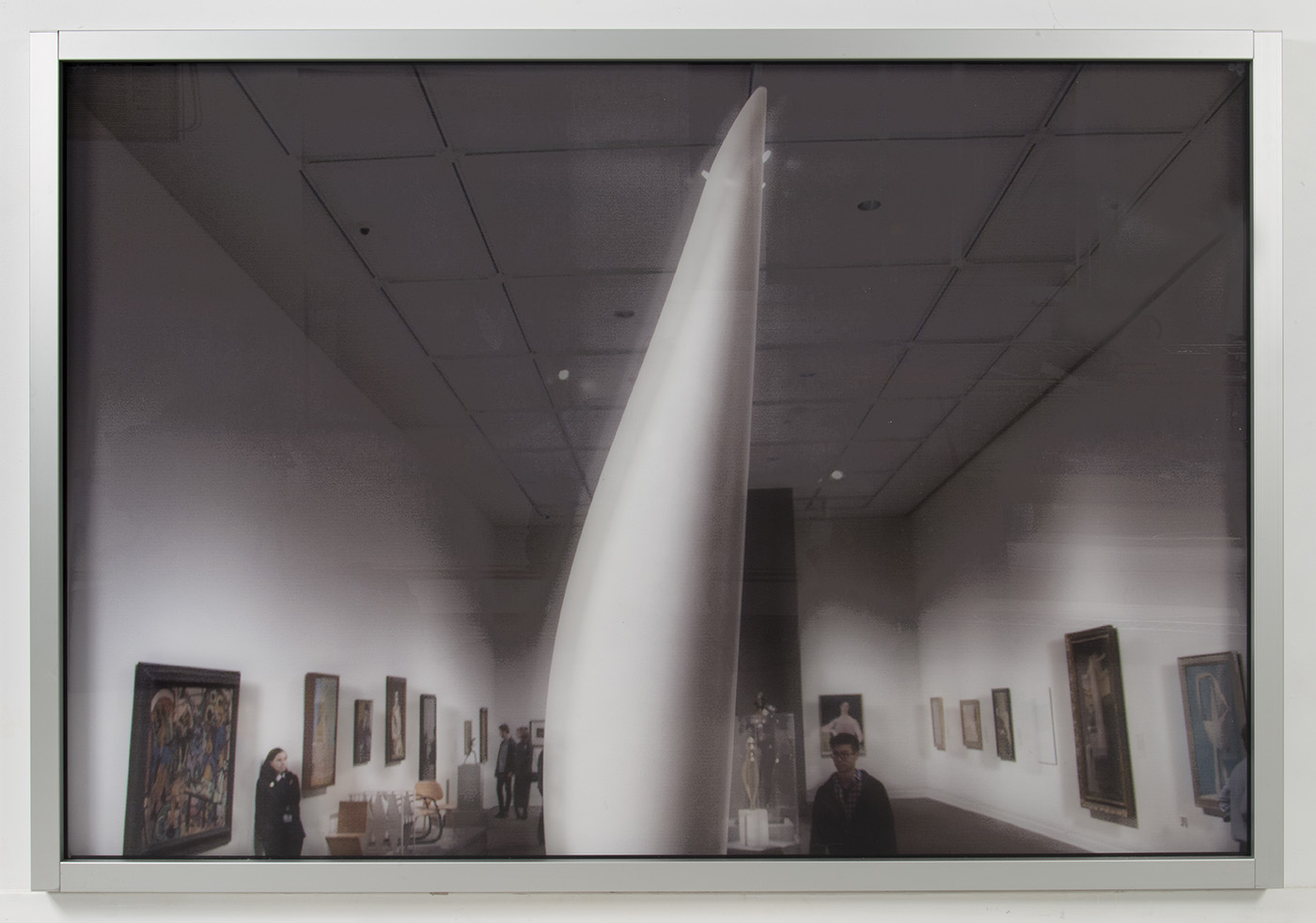
Rose Marcus
Met (Flight with everything), 2016
Inkjet print on plexi with no white ink, aluminum frame
50.5 x 74.5 in (128.3 x 189.2 cm)

Rose Marcus
Met (Flight with II), 2016
Inkjet print on plexi with no white ink, aluminum frame
74.5 x 50.5 in (189.2 x 128.3 cm)
The above works belong to a series that Rose Marcus made in 2016 from photographs shot inside the Metropolitan Museum of Art. The images are printed on plexiglass using no white ink—a fact that is not immediately noticeable when hung on a white wall, using their context to supplement the purposeful lack. The works sit off the wall just enough for light to shine through the substrate and create an optical interplay of image and object, light and shadow. An artist can’t really take photographs inside The Met without directly engaging with Louise Lawler, who, along with Sherrie Levine, shares Rose’s interest in layering, doubling, context, and appropriation. Rose, however, is perhaps more concerned with public space as a broader issue, specifically in New York City—the subject of and setting for endless conflict between public and private. Rose’s Met works therefore concern themselves with the way artworks rely on the space around them, how seemingly fixed works are in fact quite active, modulated by both the human and non-human conditions of their site and display.

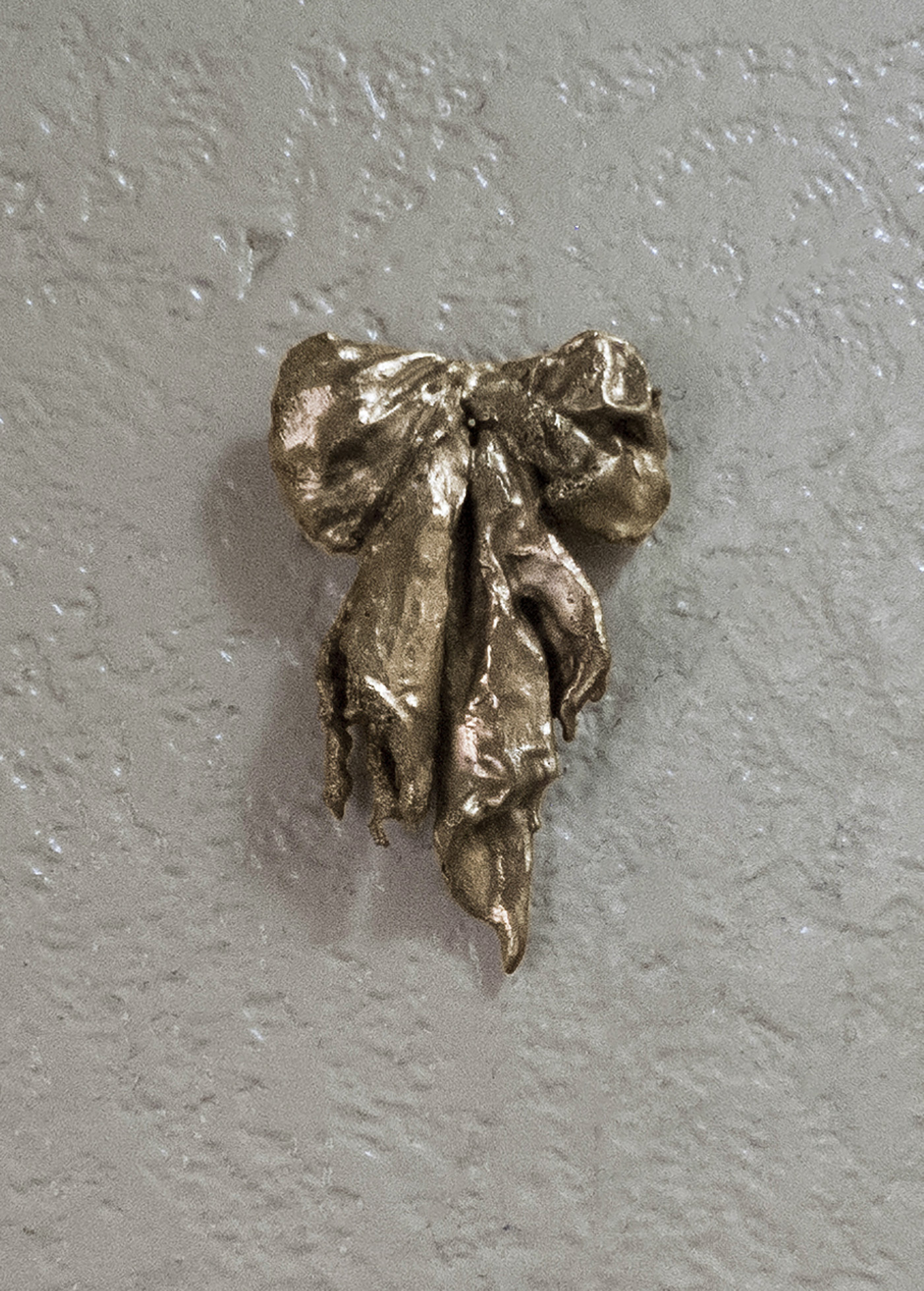
Covey Gong
Portrait of a Lady, 2020
Bronze
7.25 x 4.5 x 1.5 in (18.4 x 11.4 x 3.8 cm)
If one can think of a material’s effect on the body as the realm of fashion, the body’s effect on a material might be the realm of sculpture. This bronze bow, like much of Covey Gong’s work, deals with these relationships. This particular work was inspired by a Degas drawing of a bow— the bow of a 19th century French ballerina you might be able to conjure a mental image of. In Covey’s version it is isolated and delicately articulated. Degas’ drawing translates the bow to two dimensions and Covey translates it back, this time hardened and polished.

Dena Yago
Candle Lighting, 2014
Digital C-print mounted on aluminum
17 x 24 in (43.2 x 61 cm)
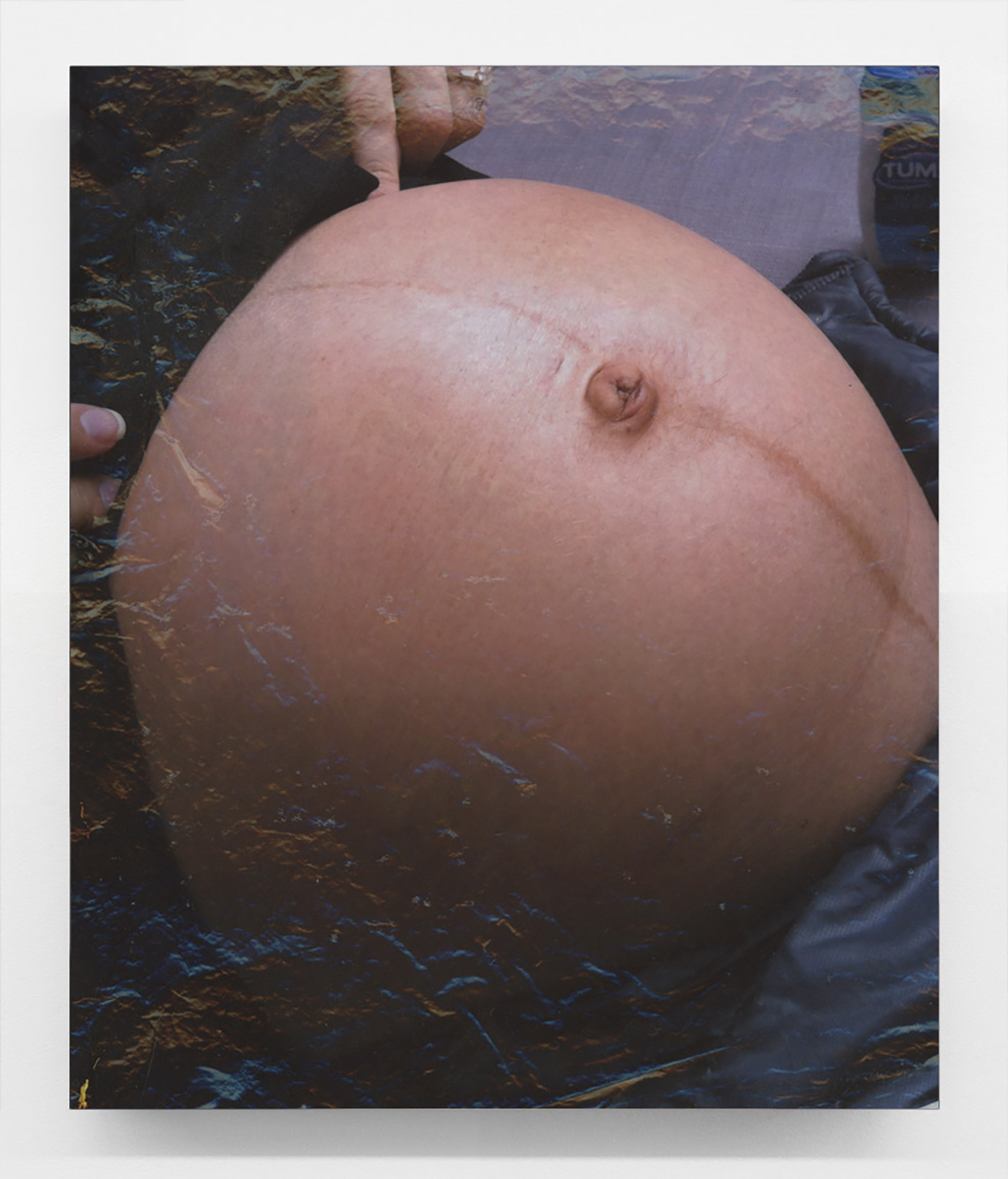
Dena Yago
Sandeep with Lowe, 2014
Digital C-print on aluminum
20 x 16 in (50.8 x 40.6 cm)

Dena Yago
Onkle Bert, Euskirchen, 2014
Digital C-print mounted on aluminum
24 x 17 in (61 x 43.2 cm)
These three photographs are from an ongoing body of work by Dena Yago. Each image is a scan of an older image, reproducing the image with added content—in these cases dried anchovy, lace leaves, or ruffled plastic film. There are two physical perspectives in most of these images: the singular point of a camera lens paired with the multi-point perspective of the flatbed scanner. The works are layers of temporality, perspective, memory, and reflection.
Candle Lighting shows the artist Matthew Lutz Kinoy lighting candles in a bathrobe during a Berlin winter. There’s a kind of ceremonious sanctity in this image, not the product of a specific event or a specific time of day, but a marker of the deep expansiveness and peaceful calm of Berlin’s darkness at that time of year.
Sandeep with Lowe was taken in the spring of 2013. It’s an obvious fascination: pregnancy, perhaps an act of creation too great to contend with as an artist. In a way the image is an earnest meditation on the mundane awesomeness of it. Everything seems fragile—life, body, a developing consciousness separated from the world only by skin.
Dena’s mother was the only child of six to leave Germany. The majority of the family still lives in a town in the Rhineland called Euskirchen and this photo was taken in 2014 on a visit to Onkle Bert and Tante Irmgard’s. It’s a unique experience, visiting family you might be extremely close with had only one detail of your ancestor’s life forked the other way. It’s easy to picture the coffee and various cakes that were cropped out of the final image of the rose on Oncle Bert’s table. Dena didn’t know at the moment, but this would be the last time she saw her uncle. He died the next year.
Since 1978 Gene Beery has lived in Sutter Creek, a rural town in the foothills of California's Sierra Nevadas. You can’t find Gene’s house unless you know where you’re going. Even if you have the address Google will take you the wrong way, and once you’re lost, there’s no phone reception. This remoteness has made Gene’s dependence on correspondence a core feature of his later work and these correspondences or “transmissions” is what our currently shuttered show of Gene’s work is all about. This photograph is one such transmission, taken a few years ago with Gene on the left and one of his grandchildren on the right.
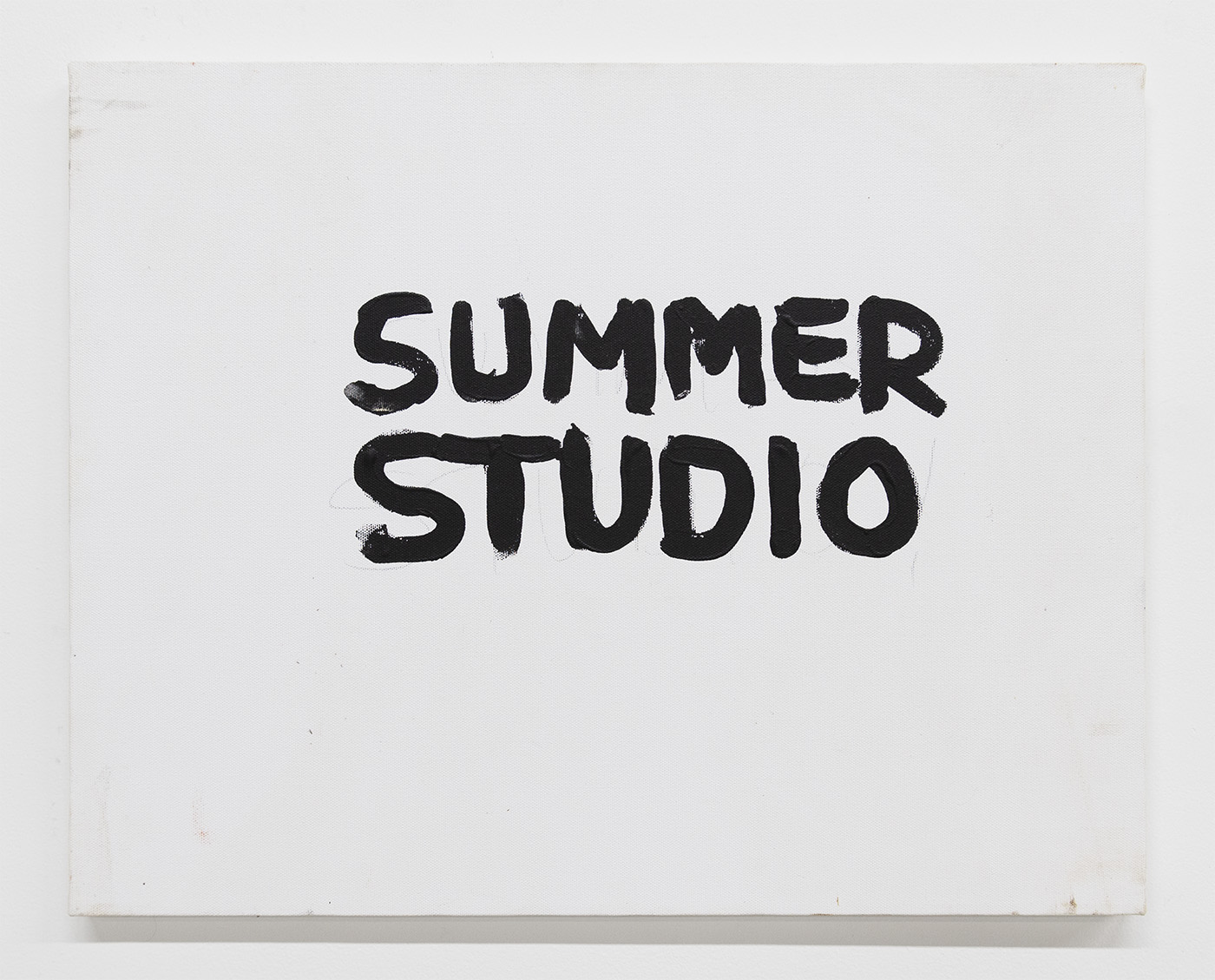
Gene Beery
Summer Studio, 2018
Acrylic and graphite on canvas
16 x 20 in (40.6 x 50.8 cm)
© 2010-2020 Bodega